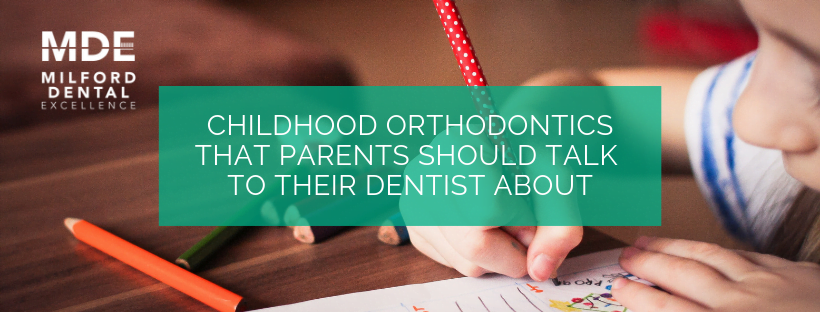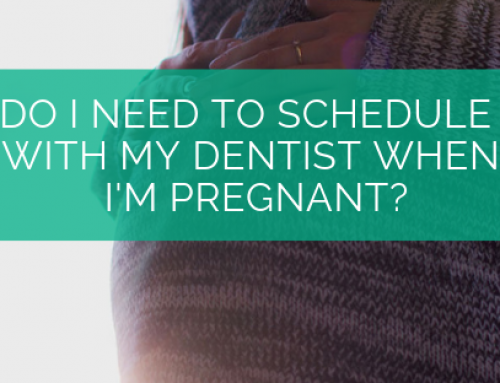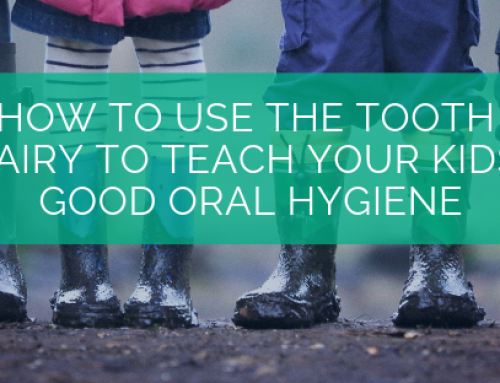Almost everyone has worn braces.
A lot of us used them or knew kids who did all throughout our adolescent years. Roughly 4 million Americans are wearing braces currently, and they are the top used type of childhood orthodontics. We have put together a quick list of a few childhood orthodontic appliances that some patients might not recognize.
The Nance Button
There are some kids who wear a device that is called The Nance “button.” This is a partial acrylic plate that goes over a part of the palate, and it is used for small children who shed their primary teeth too early. Doing this preventive measure maintains grown-up molars from moving too far, given that there aren’t any teeth to press them backward. The Nance is kept in place with the aid of two metal bands that are fixed around the rear teeth. Depending upon the child’s requirements, the Nance can either be glued in position to prevent motion, or it may be removable in order to allow the kid to take part in sports or various other activities.
Recently, The American Academy of Pediatric Dentistry cautioned families that children must practice great dental care anytime the Nance Button is installed. Side effects and irritations have the ability to appear if germs and food particles build-up beneath the button, which in turn can bring about palatal swelling. Additionally, there is a risk of the acrylic section getting ingrained in the soft palatal tissue in the case that the child suffers from poor oral practices or if the appliance turns out to be damaged.
The Lower Lingual Holding Arch
This particular solution is quite similar to the Nance Button, although it is set up on the lower teeth instead of on the palate. A pair of metal bands are sealed to the molars in the back of the mouth and it works to prevent the back teeth from shifting ahead while the deciduous teeth are being shed. A U-shaped bar, which is connected to the metal bands, sits behind the adult molars. Although the arch has the potential to result in moderate tenderness, because it is not actually connected to any type of soft tissue, there is no danger of it becoming infected like how the Nance Button can.
What Are Palatal Expanders?
These expanders are customized orthodontic instruments for young children and they are composed of two sections. An orthodontist will fix the expander around a couple of the top teeth in the back of the mouth, then the two sections are screwed together in the middle. Every day, a special key is used to turn the screw and tighten the instrument. This specific product is usually chosen to deal with problems like crowding, crossbite, and impacted teeth.
Until the child hits puberty, the upper jaw is naturally divided into two pieces, and the expander acts to push both pieces far from each other and stabilize the bones so as to broaden the top mandible. The young child will often don a palatal expander for around 3 to 6 months. Once the orthodontist is satisfied with the growth that’s developed, they will keep the expander fixed for a few more months to permit new bone to form in the gap of the palate.
As a parent, convincing your kids to floss and brush correctly might be a hard problem. We’ve talked about a few of the earlier orthodontic products that are around today, although the most effective thing to do is to set up excellent patterns with your young children to ensure their chance of forming issues is reduced.
Are your kids due for their exam? Make sure you get in contact with us to schedule their next appointment.









